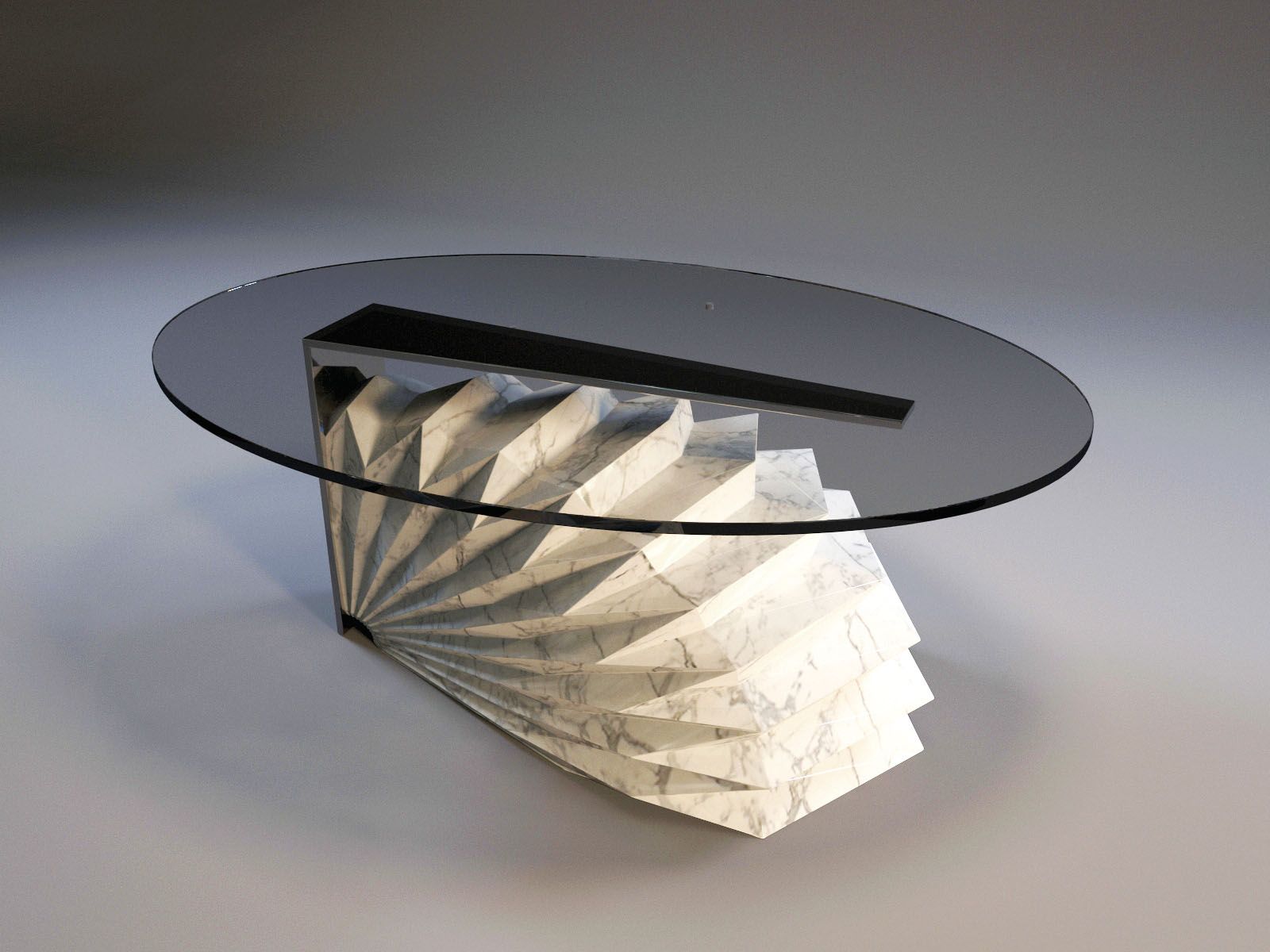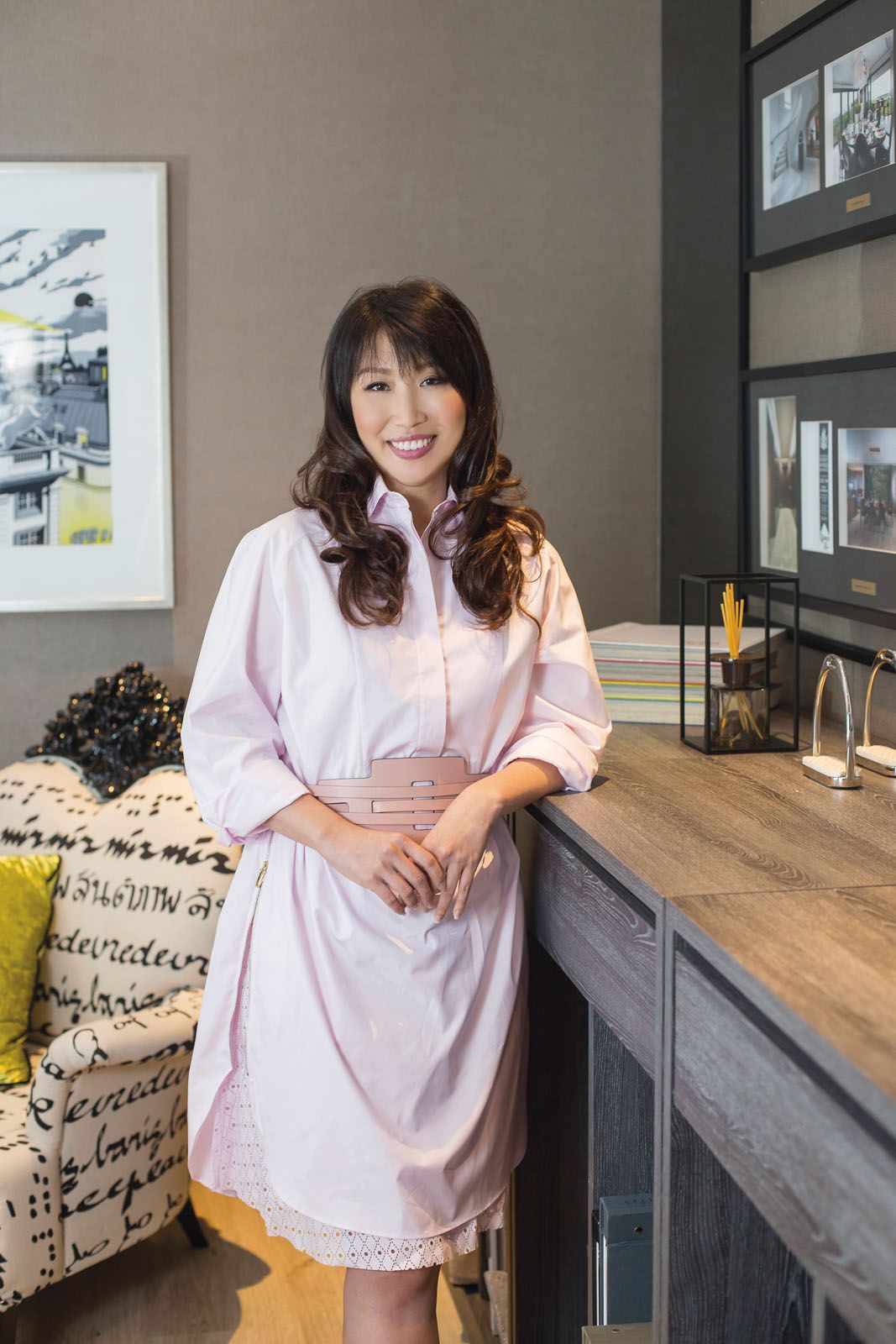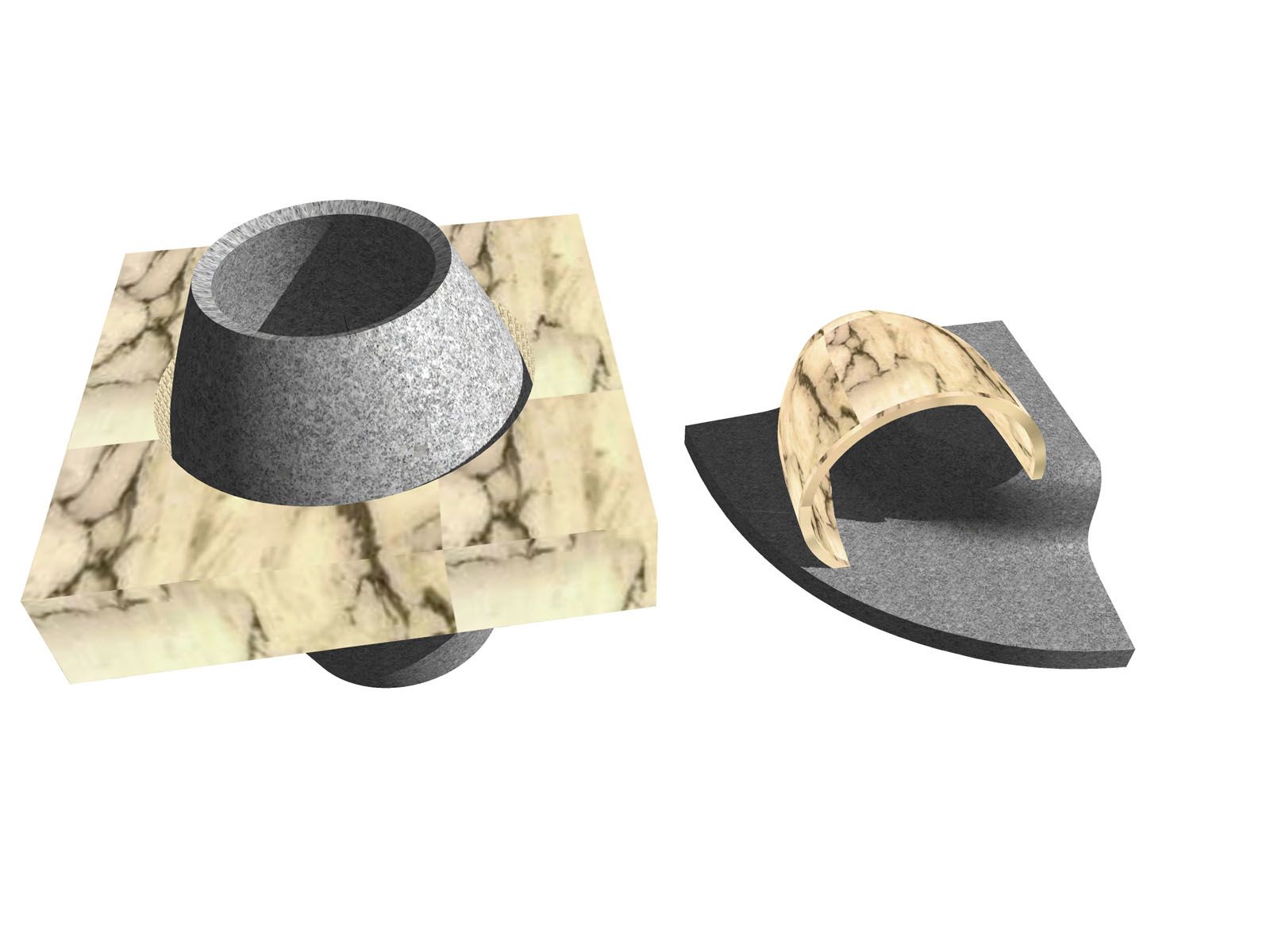In partnership with stone specialist MM Galleri, Singapore Tatler Homes invited three studios to design furniture that features the firm's innovative bended marble technique
Stone fabricator and distributor MM Galleri hopes to change the way we look at marble, while harnessing the beauty of the natural stone in a more sustainable way. In January 2018, the Indonesia-headquartered firm unveiled its pioneering bended marble technique where stone sliced into thin, malleable layers are applied onto furniture and various surfaces as a decorative layer. This technique minimises stone wastage and utilises offcuts from quarried blocks that are otherwise discarded.
Since then, the company has applied the technique to create stunning showpieces, including an onyx-clad guitar, sculptural side tables and even as a temporary second skin for an automobile. The firm continues to work closely with designers and architects to take the technique to the next level. In collaboration with MM Galleri, Singapore Tatler Homes posts a challenge to three local firms: to create a statement piece that celebrates and utilises the stone specialist’s groundbreaking bended marble technique.

When design director Terri Tan first heard about the bended marble technique, she immediately thought of the delicate folds of the art of origami. “The aim of origami is to transform a flat square sheet of paper into a finished sculpture through folding and sculpting techniques,” says the founder of Designworx Interior Consultant.
Applying the same origami principle to natural stone, she created a side table with a distinct base with pleats of accordions. The table comprises a glass top supported by a C-shaped stainless steel structure and a sculptural pedestal clad in layers of marble in accordion-like folds.
“The design cues for this surrealistic origami side table design stem from the accordion”
“The design cues for this surrealistic origami side table design stem from the accordion,” shares Tan. “Although the accordion was invented by Friedrich Buschmann in 1822 in Berlin, the idea originated from the Chinese instrument Sheng thousands of years ago; we are fascinated with how this European design has Asian roots. It is truly an amazing fusion of ideas.”
Likewise, while marble is generally associated with Europe where the most famous marble quarries are located, origami is a traditional art that originated in Japan. The designer also sought to pay homage to the historical use of marble in sculptural art. “Our contact with this natural stone has been predominantly in slab format, reminiscent of sheets of paper; albeit very big and thick ones,” she quips.
(Related: Here’s The Secret To Making Marble Bendable)




